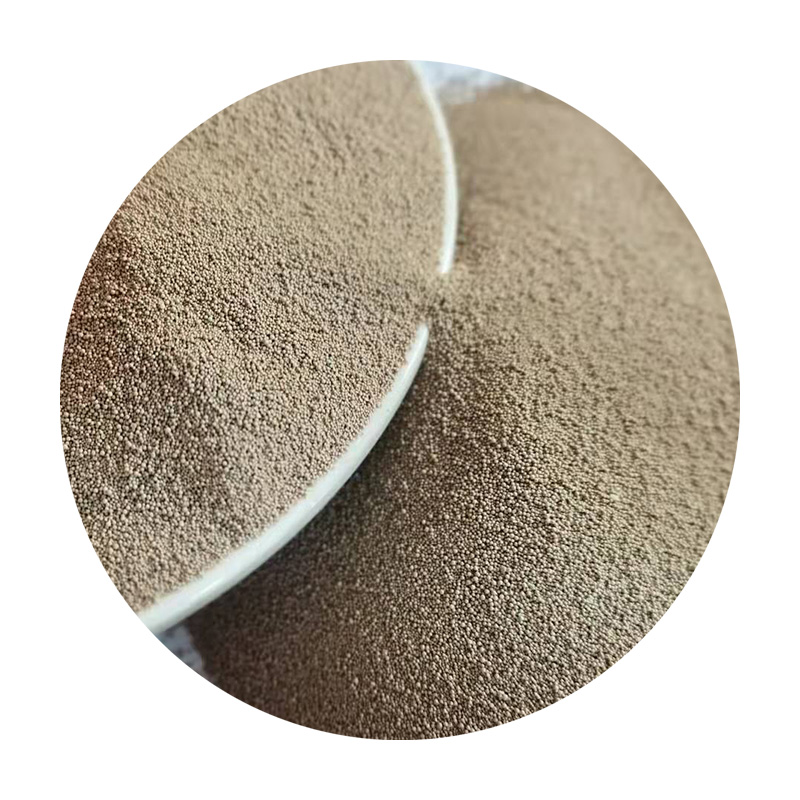How to Sand a 3D Print A Comprehensive Guide
3D printing has revolutionized the way we create and bring our ideas to life. However, the process doesn't end once your print is complete. Many enthusiasts and professionals find that post-processing is essential to achieve a polished and professional finish. One of the most effective methods for improving the appearance of a 3D print is sanding. In this guide, we’ll explore the best practices for sanding a 3D print, including the tools you'll need and the techniques that will help you achieve the desired results.
Understanding the Materials
Before you begin sanding, it's important to understand the material of your 3D print. Most consumer-grade 3D prints are made from PLA, ABS, or PETG. Each of these materials has distinct properties that affect the sanding process
- PLA (Polylactic Acid) This biodegradable plastic is easy to sand and can produce a smooth finish with minimal effort. However, it can also melt if sanded at high speeds or with excessive heat. - ABS (Acrylonitrile Butadiene Styrene) ABS is more durable than PLA but is also prone to warping. Sanding it requires more patience, and it's advisable to use finer grits to avoid damage. - PETG (Polyethylene Terephthalate Glycol) PETG is flexible and resistant to impact. While it can be sanded, achieving a smooth finish can be more challenging compared to PLA and ABS.
Tools and Materials Needed
To sand your 3D print effectively, you will need some basic tools
1. Sandpaper Use a variety of grits, starting from around 80-120 for heavy sanding, and progressing to 220, 320, and even finer grits like 400 or 600 for finishing. 2. Sanding Block This helps provide even pressure across flat surfaces. You can also create a makeshift block using a piece of wood or a foam pad.
3. Protective Gear Always wear a mask and goggles when sanding to protect against dust and particles.
4. Water or Lubricant Wet sanding can minimize dust and achieve a smoother finish. Consider using water or a lubricant designed for sanding.
how to sand a 3d print

The Sanding Process
1. Preparation Begin by removing any support structures or rafts that were used during the printing process. Clean the model thoroughly to remove dust or debris.
2. Initial Sanding Start with coarse sandpaper (80-120 grit). Focus on areas that require the most attention, such as layer lines, rough edges, or imperfections. Use even strokes and remember to keep the sandpaper flat against the print.
3. Progress to Finer Grits After you’ve addressed the major imperfections, shift to finer grits (220 and above). This step is crucial for achieving a polished look. Be patient; achieving a smooth finish takes time and effort.
4. Wet Sanding If you desire an even smoother finish, consider wet sanding using fine-grit sandpaper. This technique helps reduce dust and can prevent the material from overheating.
5. Cleaning After sanding, clean the model to remove any dust and debris. A damp cloth can be effective for this task.
6. Finishing Touches If desired, you can apply a primer or a suitable finish to add extra smoothness or color depth. This can help hide minor imperfections that sanding might not remove completely.
Conclusion
Sanding your 3D prints is an essential step in the post-processing phase that can dramatically enhance their appearance. By understanding your material and using the right techniques and tools, you can achieve a finish that looks professional and polished. Whether you're preparing a model for display or just want to enhance its aesthetic appeal, taking the time to sand your 3D print will certainly yield satisfying results. Remember to be patient and enjoy the process, as each step brings you closer to a beautifully finished product. Happy sanding!
Post time:Nov . 06, 2024 21:44
Next:A Comprehensive Guide to the Sand Casting Process and Techniques
